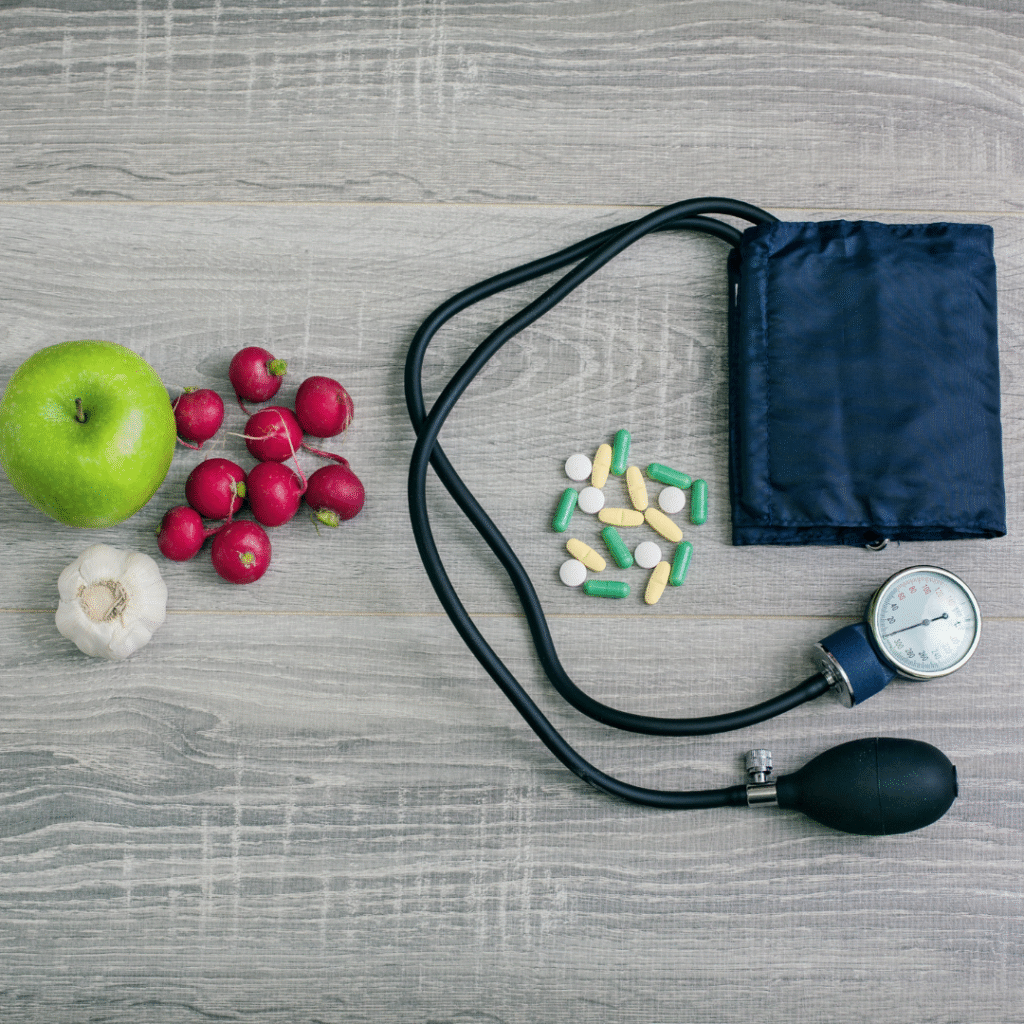When to get flu shot
Best time to get a flu shot in 2025 Recent data shows that in high-severity years, like 2024–2025, the U.S. experienced 43 million infections, 560,000 hospitalizations, and 38,000 deaths due to flu, emphasizing the importance of vaccination. The best time to get a flu shot for the 2025 season is in September or October. This timing balances getting vaccinated early enough to build protection before flu season starts, which typically begins in October and peaks between December and February, while avoiding getting the shot too early so that immunity doesn’t wane before the season ends. It takes about two weeks after vaccination for your body to develop full protection, so getting vaccinated by the end of October is ideal for optimal coverage throughout the flu season. Even if you miss this window, you can still get vaccinated later in the season as long as flu viruses are circulating and vaccines are available, though earlier vaccination generally provides better protection. This guidance applies broadly, including for older adults and those with chronic health conditions, with most flu vaccines for 2025 being preservative-free or with reduced preservatives. How long does flu vaccine protection last in 2025 The protection from the flu vaccine in 2025 generally begins about two weeks after vaccination and typically wanes within 6 to 12 months. Research indicates that vaccine effectiveness starts to decline around 41 days post-vaccination, reducing approximately 9% every 28 days in adults, which is why annual vaccination is recommended. Immunity wanes partly because antibody levels decrease over time, and circulating flu virus strains may drift from the vaccine strains. For older adults, vaccine protection tends to wane faster, and higher-dose or adjuvanted vaccines are recommended to boost immune response. Despite waning immunity, the flu vaccine reduces severity, hospitalization, and death risk even if flu is contracted after vaccination. The need for yearly vaccination is due both to waning immunity and the annual update of flu strains in vaccines. When do 2025 flu shots come out? The 2025 flu shots generally became available starting around late summer to early fall of 2025. For example, flu vaccine shipments for the 2025-2026 season were reported to start arriving at healthcare providers and pharmacies as early as September 2025. Vaccine manufacturers projected sufficient doses to cover demand for the season, with most vaccines being preservative-free or reduced preservative formulations. Health authorities recommend getting vaccinated in September or October to ensure protection during peak flu season, but vaccines are still beneficial when administered later if flu viruses continue circulating. Availability timing may vary by region and provider, but the general rollout aligns with preparations for the fall and winter flu season. Can the flu shot make you tired ? Yes, the flu shot can make you feel tired. Fatigue is a mild and temporary side effect experienced by some people after getting the flu vaccine. It occurs because the immune system is activated to produce antibodies against the flu virus, which may cause mild symptoms like tiredness, low-grade fever, muscle aches, and headache. This tiredness usually lasts only a day or two and is a sign that the vaccine is working. Most people feel back to normal within 24 to 48 hours. To help manage any fatigue or side effects, it is advisable to stay well-hydrated, rest, and use over-the-counter pain relievers if needed. If tiredness persists for more than a couple of days, consulting a healthcare provider is recommended. Can you get the flu back-to-back? Yes, it is possible to get the flu back-to-back or twice in one flu season. This occurs because there are multiple strains of the flu virus, primarily Influenza A and Influenza B, and each includes different subtypes or lineages. After you recover from one strain, your immune system has protection against that specific strain, but not necessarily against others. So, you can get sick again later in the same season if exposed to a different strain. Virus mutations or a weakened immune system can also increase this likelihood. Therefore, even if you have had the flu once, vaccination is recommended to help protect against other circulating strains during the season. Get Your Flu Shot in Kingman, AZ — Protect Yourself and Your Family This Flu Season! Flu season doesn’t have to slow you down. Northern Arizona Medical Group offers quick, safe, and effective flu shots in Kingman, AZ for adults and children 6 months and older. Whether you’re protecting yourself or your whole family, our experienced healthcare team makes getting your influenza vaccine near you simple and stress-free. Stay healthy, prevent the spread, and keep your loved ones protected all season long. ❤️ Schedule Your Flu Shot Appointment in Kingman, AZ Today Book an appointment Latest Blogs
When to get flu shot Read More »




